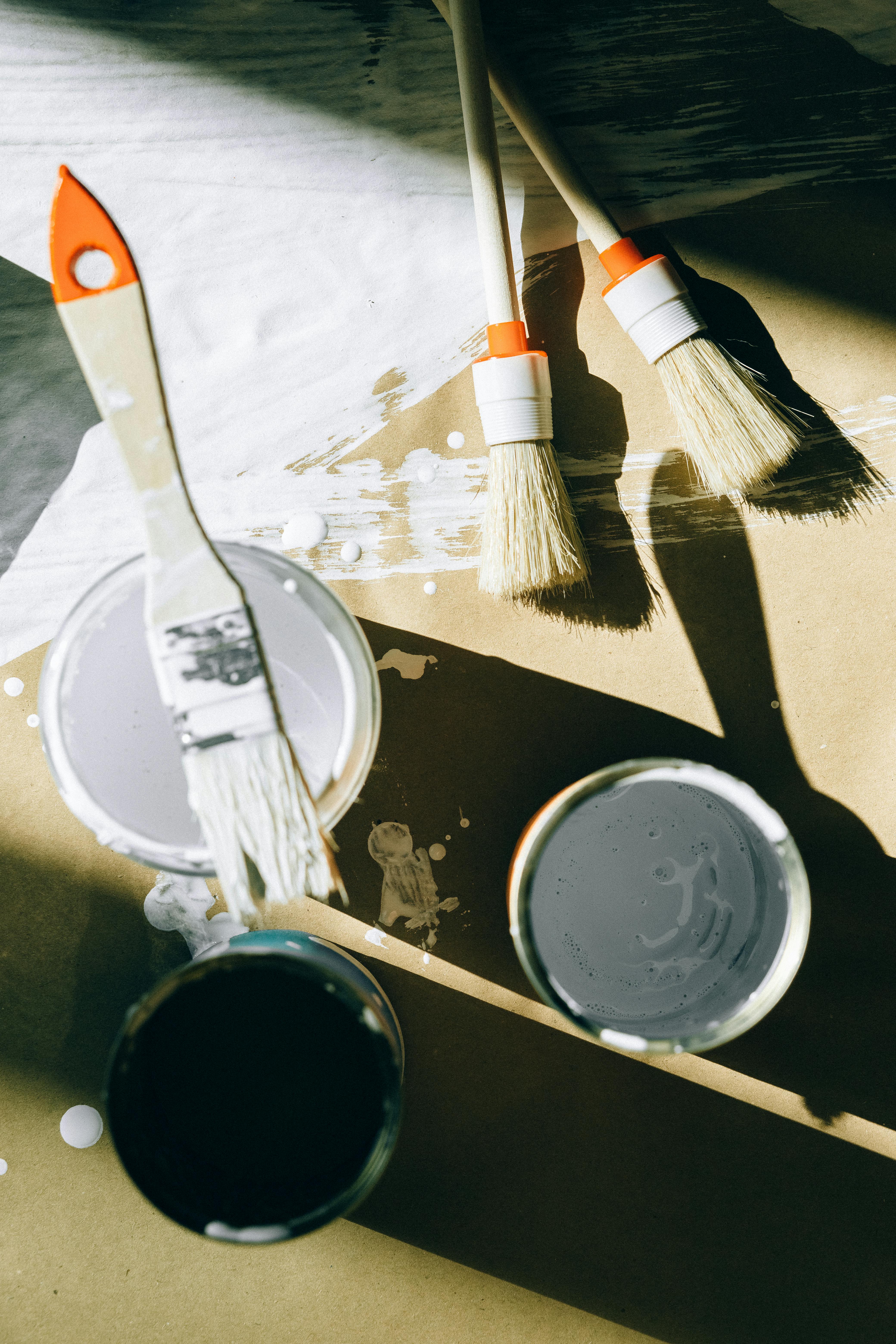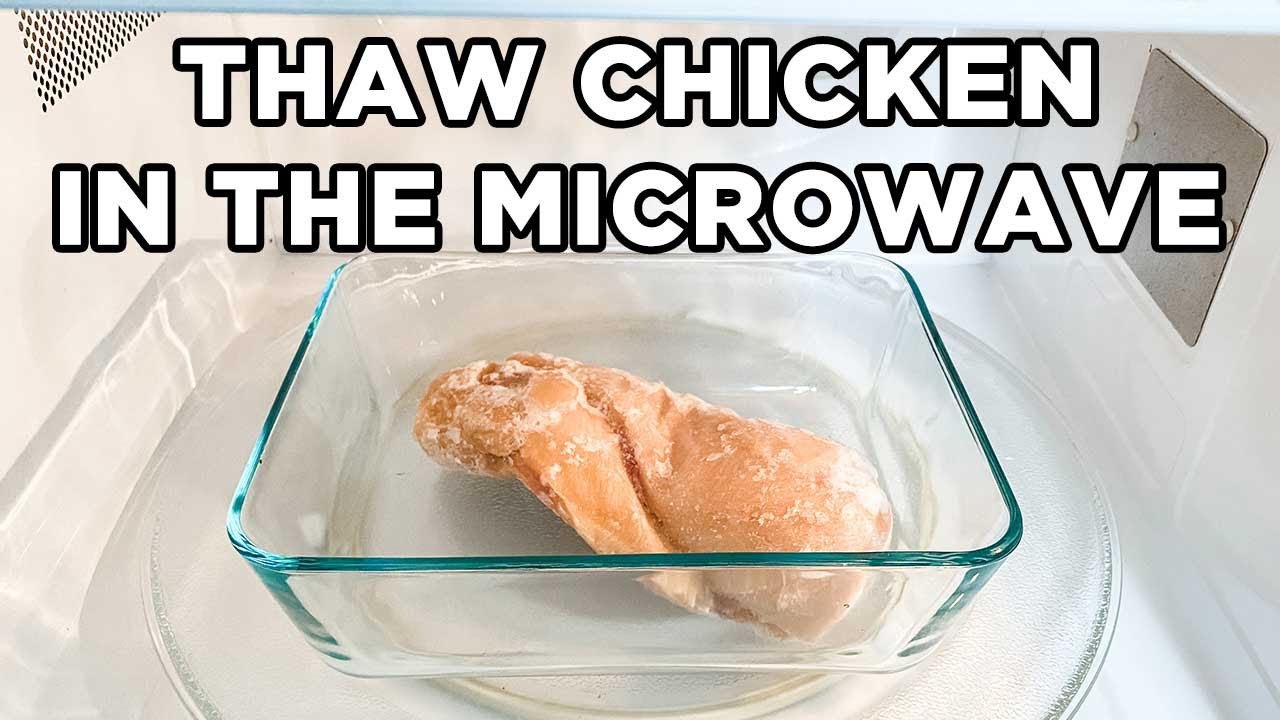
Effective Ways to Draw Things and Improve Your Artistic Skills in 2025
Art is an incredible medium for self-expression, allowing individuals to convey emotions and narratives through their creations. Whether you're a seasoned artist or a beginner, mastering the art of drawing can be a fulfilling journey. This article will delve into practical drawing techniques, essential drawing materials, and strategies to enhance your knowledge and skills in 2025. From various drawing styles to innovative technology applications, we’ll cover everything you need to know to elevate your artistic abilities.
Understanding Different Drawing Techniques
Exploring various drawing techniques is crucial for mastering the art. Depending on your goals, you can experiment with methods like pencil drawing, sketching, and even landscape drawing. Each technique can provoke different emotions and results in your artwork. Pencil drawing is often the foundation for many artists, as it offers creativity without the need for extensive art supplies. Utilize shading techniques to add depth to your work; varying the pressure on your pencil can create fascinating light play.
Importance of Basic Sketching
Basic sketching forms the backbone of effective drawing. Prioritizing sketching in your practice enables you to grasp proportions and shapes better. Utilize doodling as a warm-up exercise, helping you loosen your hand and spark creativity. As a beginner, focus on simple objects, progressing to more complex forms like figures and landscapes. Nearly every sketch you make can contribute to your overall artistic growth, so embrace regular practice.
Exploring Digital Drawing Techniques
With advancements in technology, many artists are shifting to digital drawing. Software applications provide various tools that enable artists to explore limitless creative possibilities. These platforms often feature advantages such as layering, texture making, and easy adjustments, which can significantly enhance your art. If you're curious about which tools to start with, some popular drawing applications include Procreate and Adobe Fresco, catering to both beginner and advanced users.
Developing Your Sketching Skills
Improving your sketching skills requires dedicated practice and experimentation with different drawing exercises. Engaging with various drawing exercises helps you develop a unique artistic voice. Activities like figure drawing or still life drawing provide significant learning opportunities. Committing time to practicing these exercises will foster muscle memory and confidence in your artistry.
Figure Drawing Techniques
Figure drawing involves capturing the human form in various poses. This skill is foundational for many artistic styles. As a beginner, start with simple shapes to construct the body's basic outline and work your way toward more detailed elements. Observing live models or utilizing online resources can aid in understanding basic anatomy and proportions, vital for maintaining accuracy in your drawings.
Effective Drawing Prompts
Ever experience a creative block? Incorporating drawing prompts is an effective way to reignite your passion. From themes like character design to landscape drawing, prompts spurr creativity and encourage exploration beyond your conventional styles. Participate in community challenges or socialize online to garner unique perspectives and collaboratively inspire each other in the drawing community. Consider websites that provide daily or weekly prompts tailored to different skill levels.
Mastering Shading Techniques
Effective shading can significantly enhance the realism and emotional depth of your artwork. Understanding light sources is critical to implementing effective shading techniques. Techniques such as hatching, cross-hatching, and stippling can contribute distinctive textures to your work. Each will require experimentation to see which method best serves your particular artistic vision.
Using Charcoal for Shading
Charcoal drawing brings a unique texture and depth to shading, providing rich tonal variations that pencil can struggle to match. Combining charcoal with graphite can create compelling results. Charcoal allows for softer edges, making it effective for blending and layering. Practice drawing shadows by observing light and dark areas around your subjects, and use your charcoal to emphasize this duality.
Your Guide to Essential Drawing Materials
The right drawing materials can greatly influence your work quality. Familiarize yourself with various tools like different grades of pencils, charcoal, and various types of paper, which can enhance your mean and help develop your style. For example, heavy-weight paper might be better suited for deeper charcoal lines, while smooth bristol board is ideal for intricate pencil sketches. Researching and investing in quality supplies based on your preferred drawing styles and techniques will pay off in the long run.
Harnessing Resources & Learning Opportunities
Taking part in drawing courses, workshops, and online tutorials can enhance your learning. Platforms offering structured classes cover a range of styles and techniques for artists at any level. Participating in art critiques within an art community forum is invaluable as it enables you to learn from constructive feedback. Well-directed study and persistent practice can elevate your skills and familiarity with key concepts of artistic expression.
Finding Drawing Tutorials Online
Leveraging online resources can dramatically enhance your drawing journey. Search for targeted drawing tutorials that align with your interests. For example, if portrait art fascinates you, look for in-depth guides or YouTube channels focusing solely on that aspect. Additionally, websites offer structured lessons that can guide you step-by-step through various techniques like real-life drawing and more dynamic approaches such as digital illustration.
Engaging with Drawing Communities
Engagement in drawing community events and online forums can provide motivation and broaden your network of fellow artists. Participate in challenges or exhibitions to foster artistic growth and gain fresh perspectives. Consider checking local arts organizations or online platforms like Skillshare or DeviantArt for their varied offerings. The camaraderie and inspiration you'll find in these communities can indeed blossom your artistic journey.
Key Takeaways
- Explore various drawing techniques, including basic sketching and **digital drawing**.
- Regular practice and utilizing drawing prompts help improve your skills and creativity.
- Experiment with shading techniques and familiarize yourself with essential **drawing materials**.
- Take advantage of courses and workshops for structured learning and constructive feedback.
- Engage with art communities for inspiration, networking, and collaborative growth in art.
FAQ
1. What are some beginner drawing techniques for starting artists?
For beginners, focus on fundamental techniques like basic sketching, hatching, and learning proportions. Utilizing drawing tutorials can greatly aid in understanding essential principles. Simple doodles transitioning to more detailed works can provide a solid starting point.
2. How can digital applications enhance my drawing skills?
Digital applications like Procreate and Adobe Fresco offer tools for precision, layering, and easy correction, significantly improving your overall workflow. Utilize these platforms to experiment without the constraints of traditional materials.
3. Are there instructional drawing courses available for free?
Absolutely! Many platforms offer free or affordable courses about different drawing styles, basic sketching methods, portrait techniques, and landscape drawing. Websites like YouTube and Skillshare have numerous content creators who provide excellent resources for learners of all levels.
4. How do I find inspiration for drawing?
Finding inspiration can often come from various sources. Explore nature, delve into art history, or attend art exhibitions. Engaging with creative communities, using social media platforms, and broadening your artistic horizons are excellent ways to inspire fresh ideas.
5. What are the best materials for someone just starting to draw?
As a beginner, a minimal set of quality tools is important. Starting with good-quality pencils, an eraser, basic sketching paper, and perhaps some colored pencils will suffice. Over time, you can explore different mediums based on interest.
6. How can I measure my progress in drawing?
Measuring your progress involves regularly revisiting older work and assessing improvements in technique, understanding of form, and experimentation with styles over time. Create an art portfolio documenting completed pieces to track your journey and highlight growth.
7. Can children participate in drawing workshops?
Certainly! Many **drawing workshops** cater to children and are designed to encourage creativity through fun exercises and structured lessons. These sessions focus on basic skills while allowing free expression in a supportive environment.

